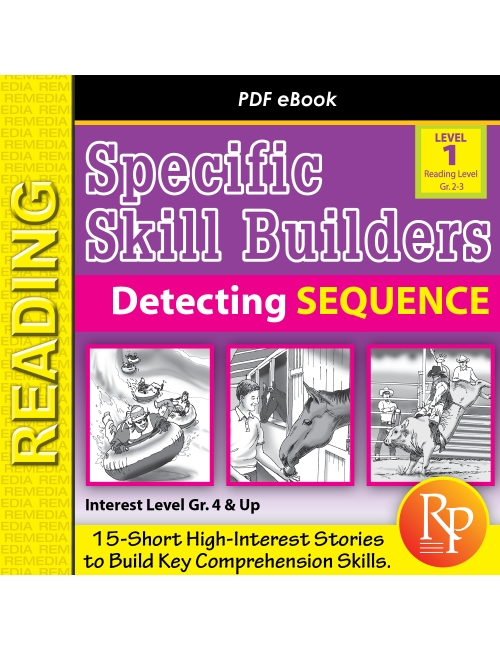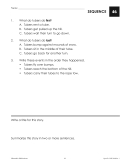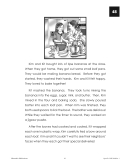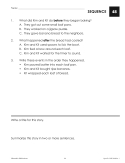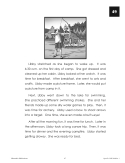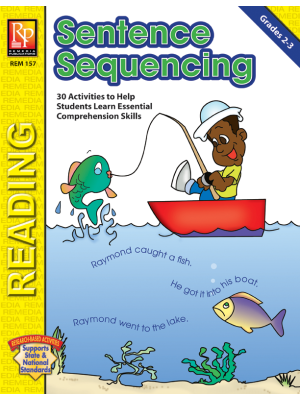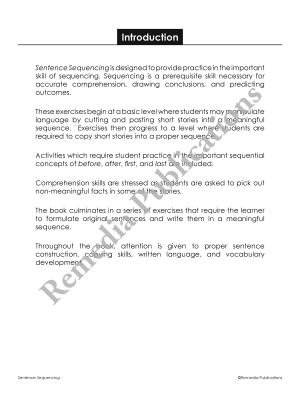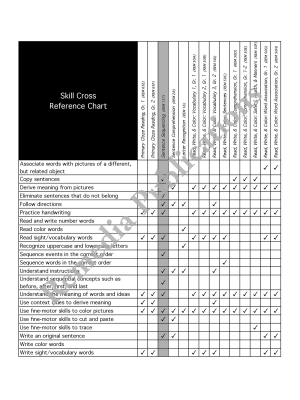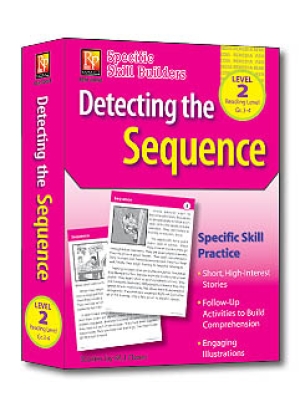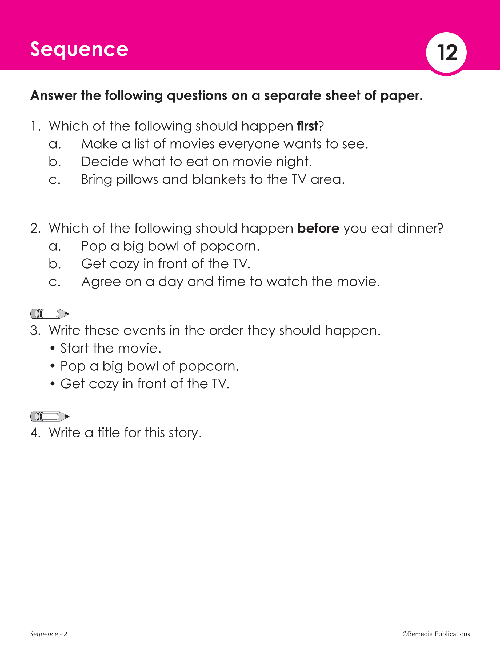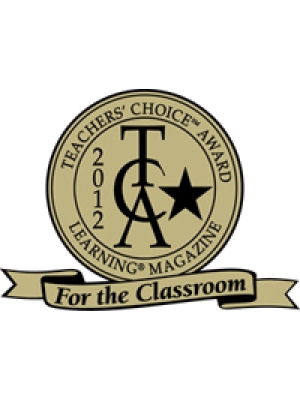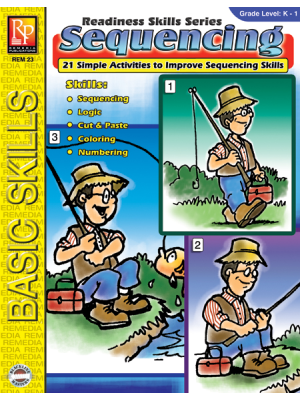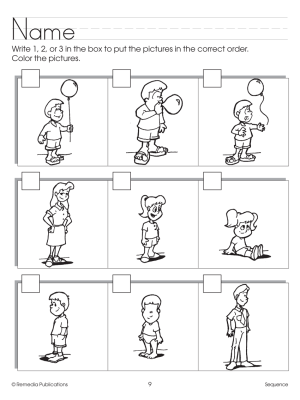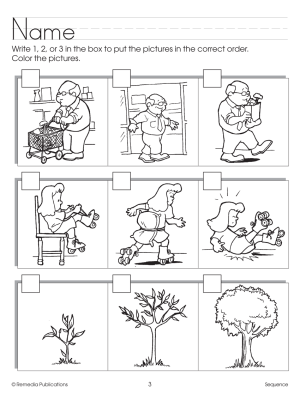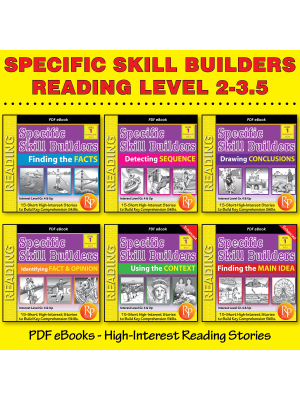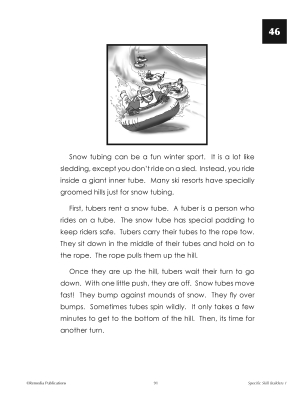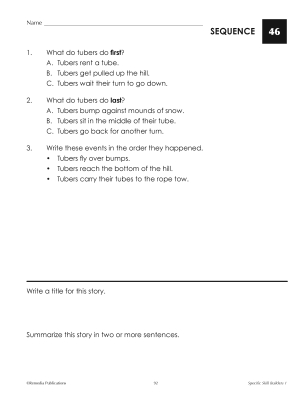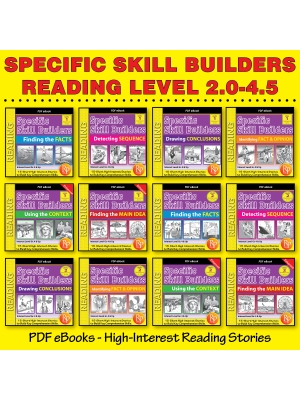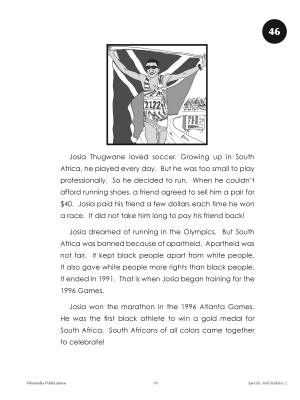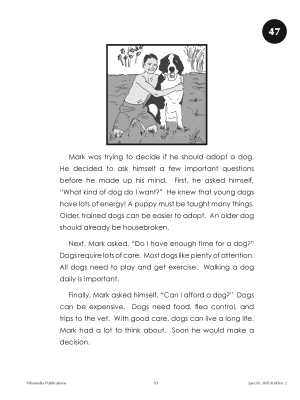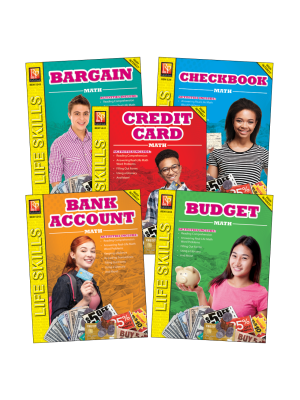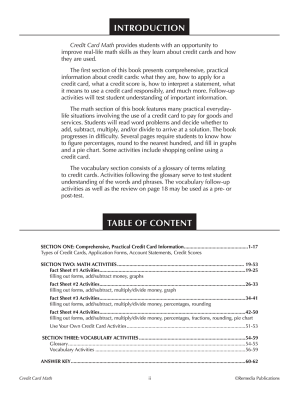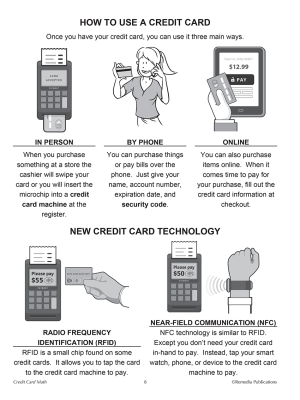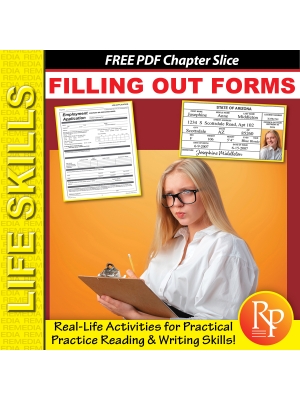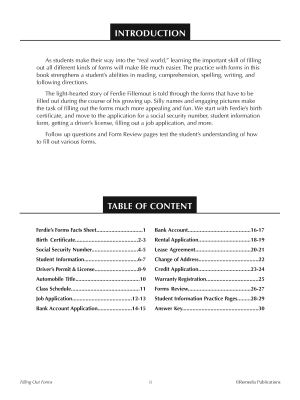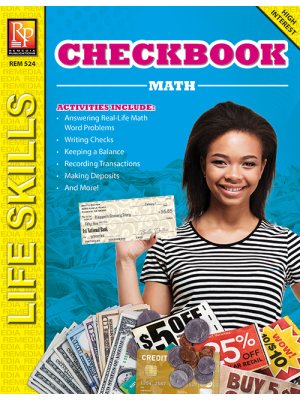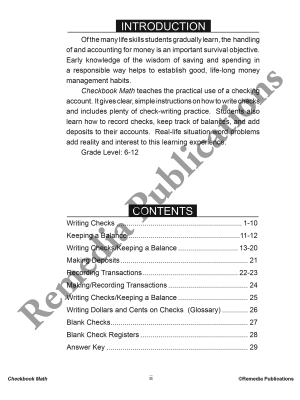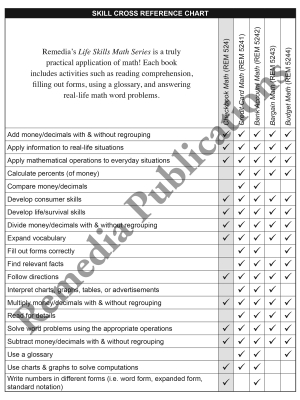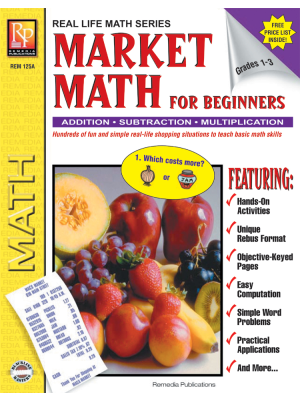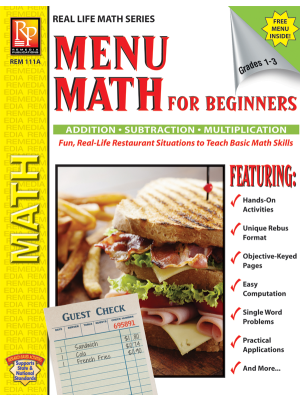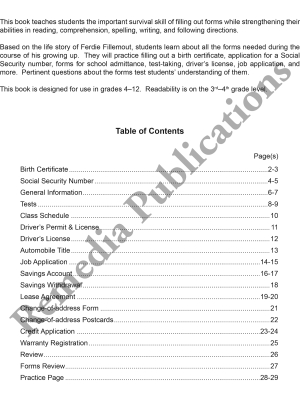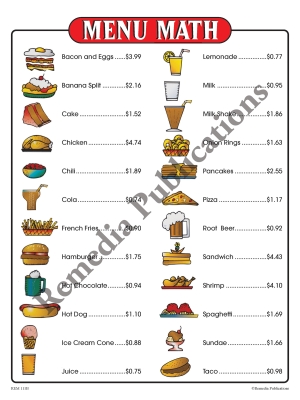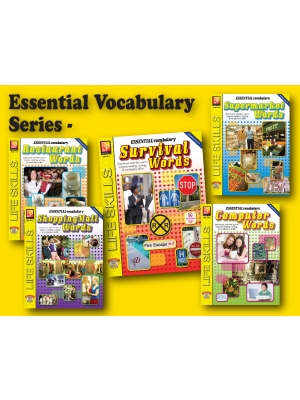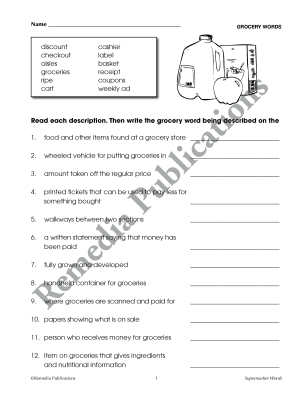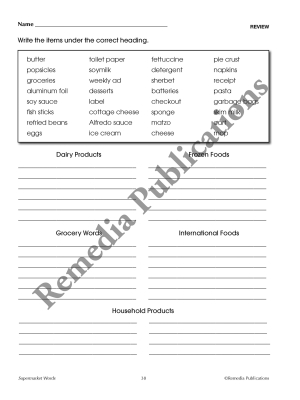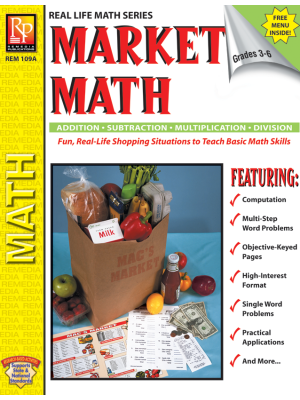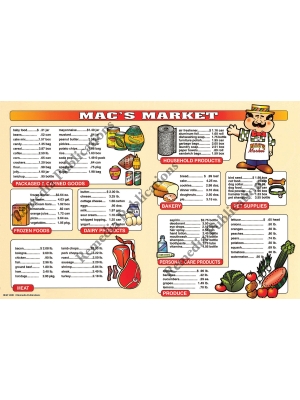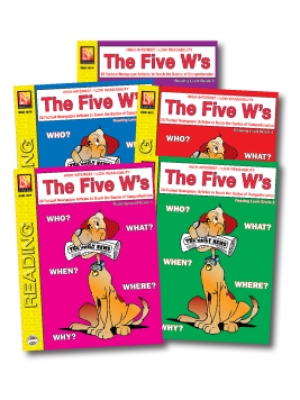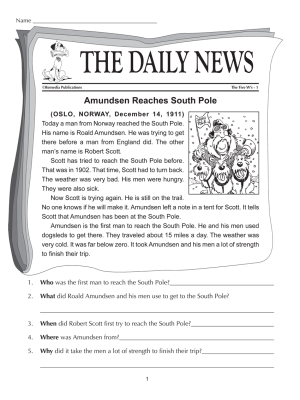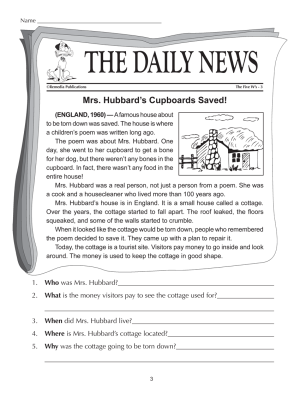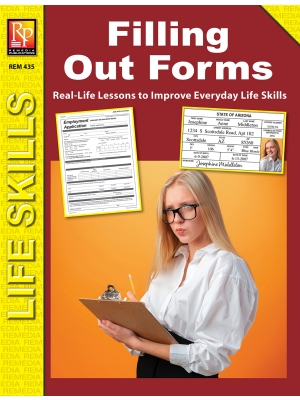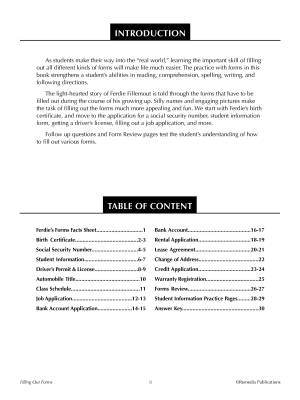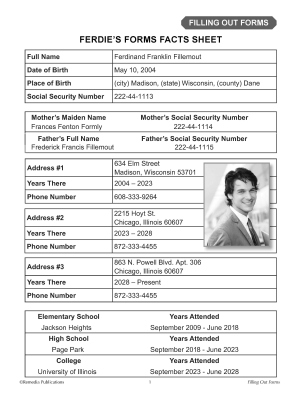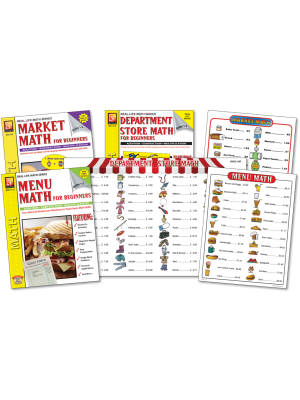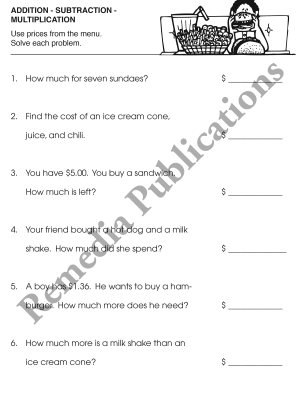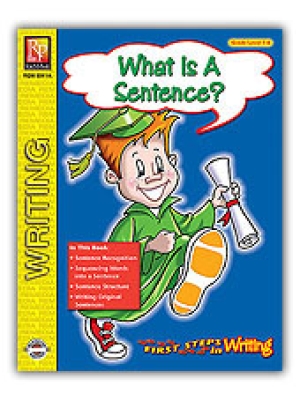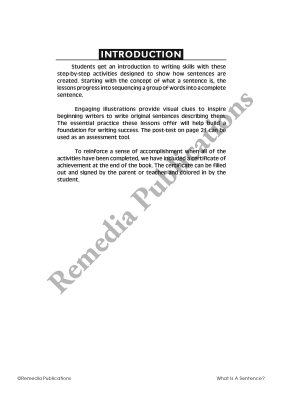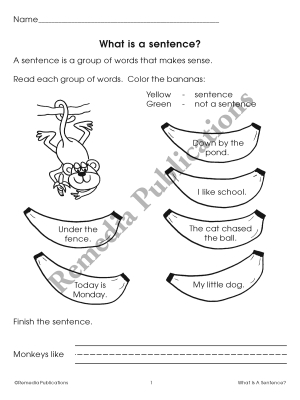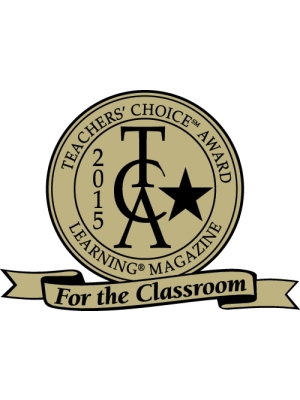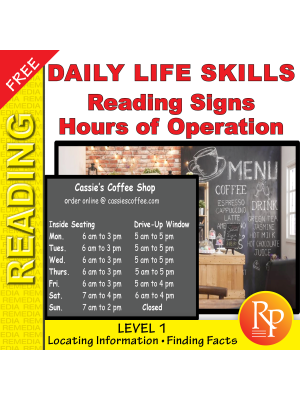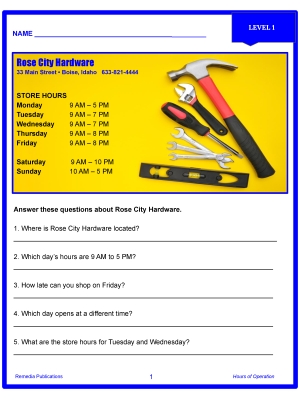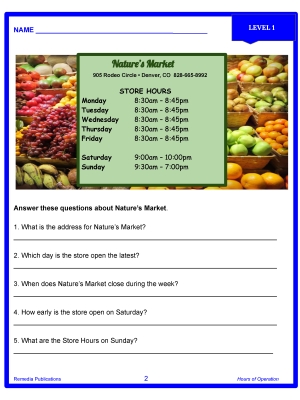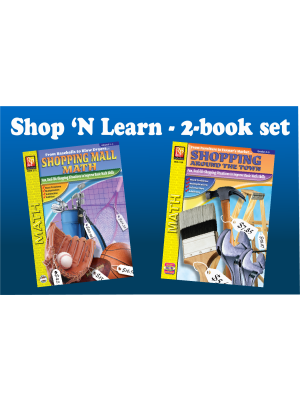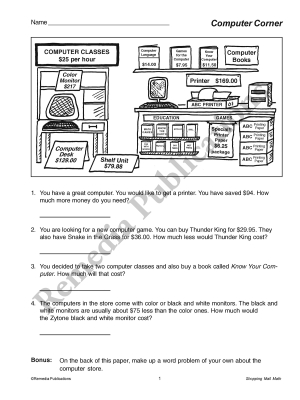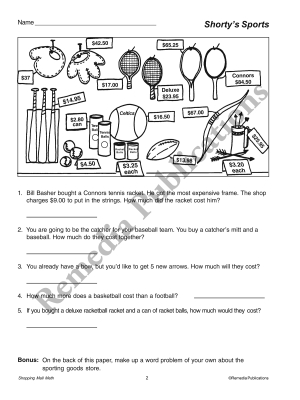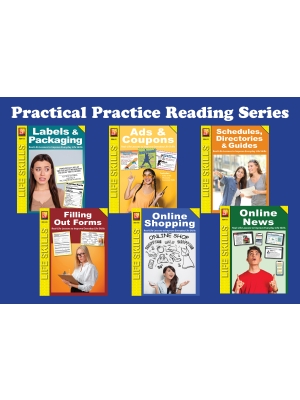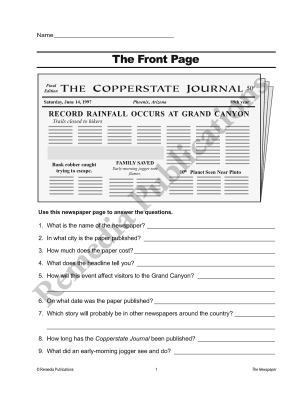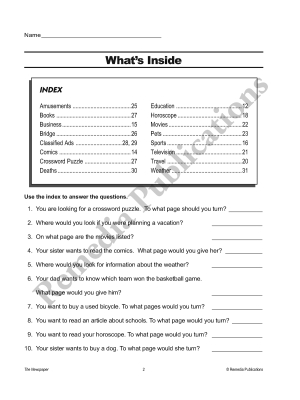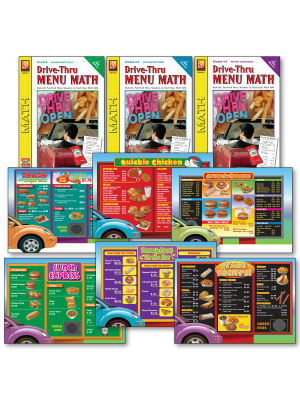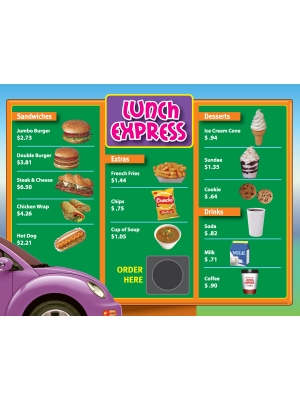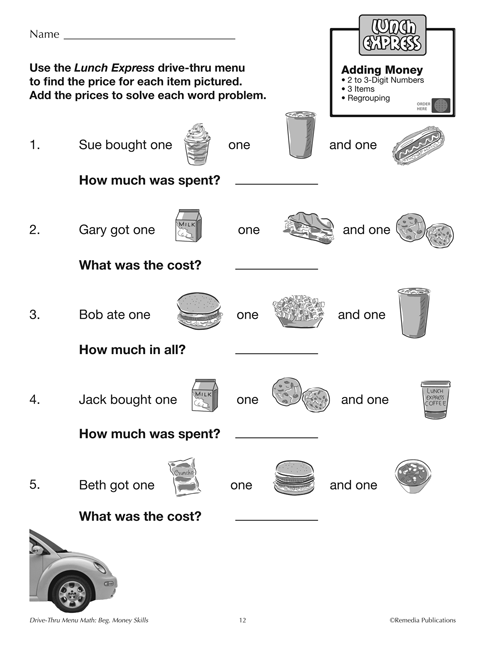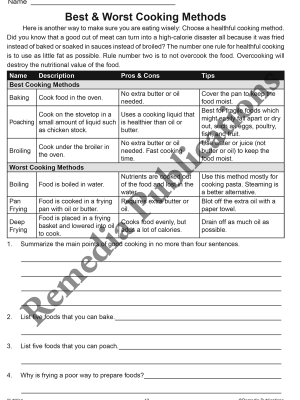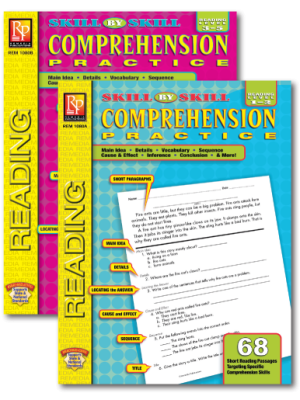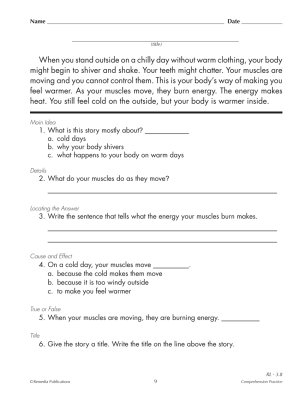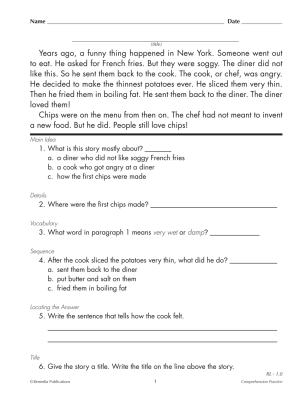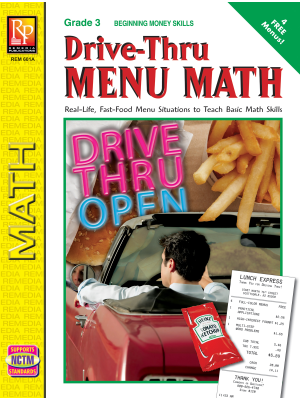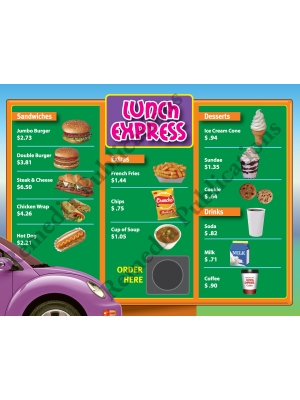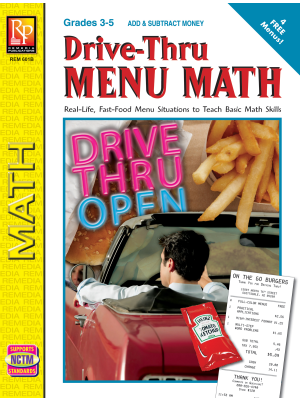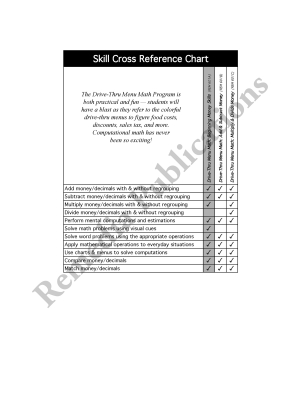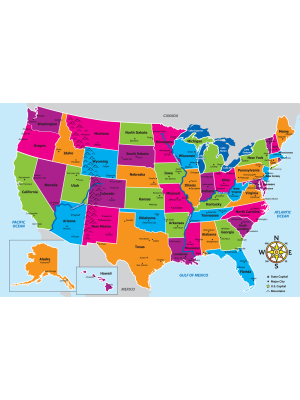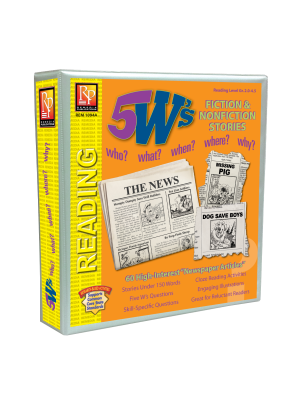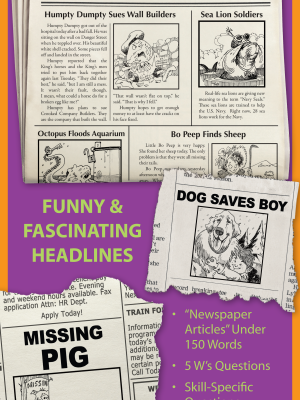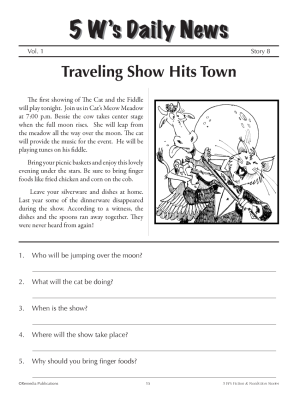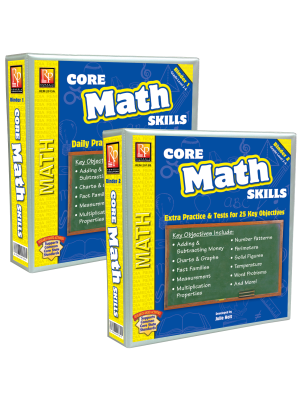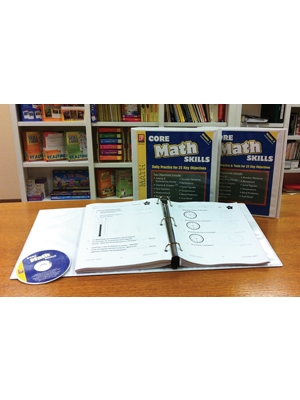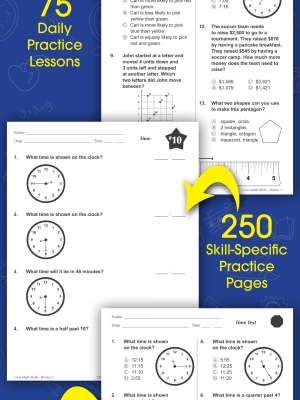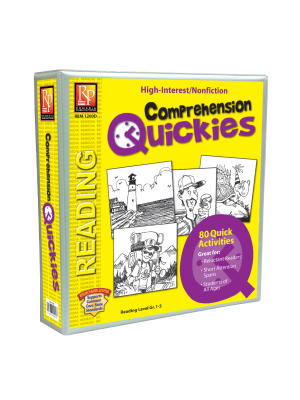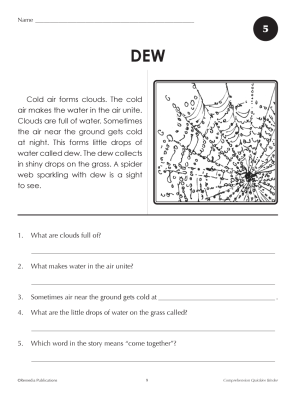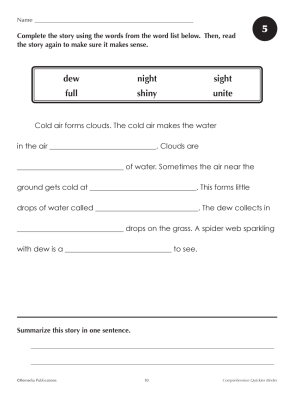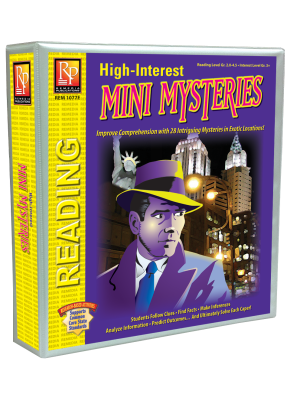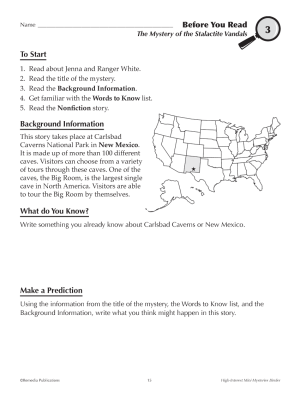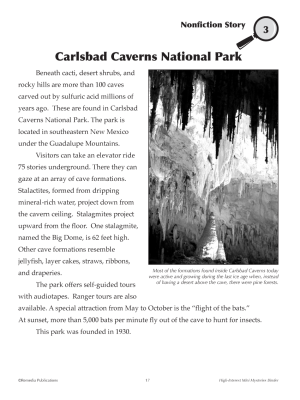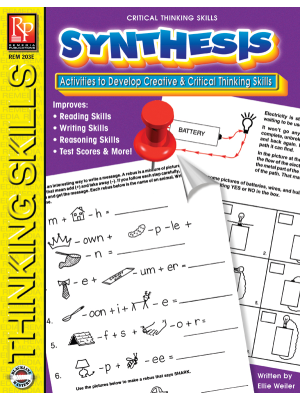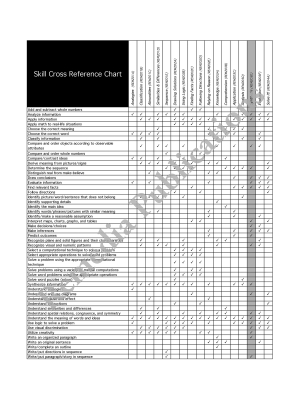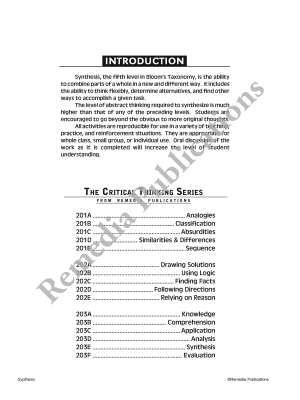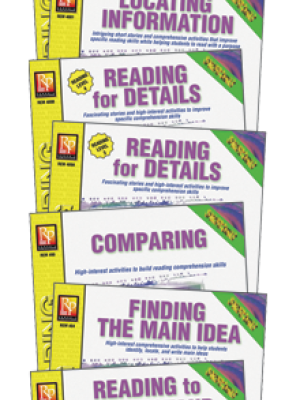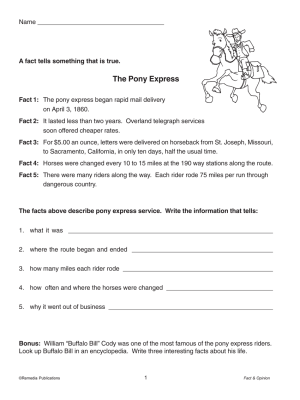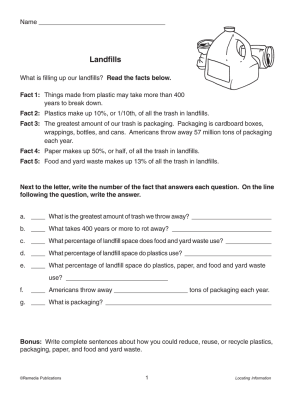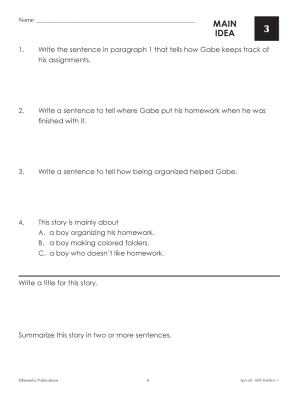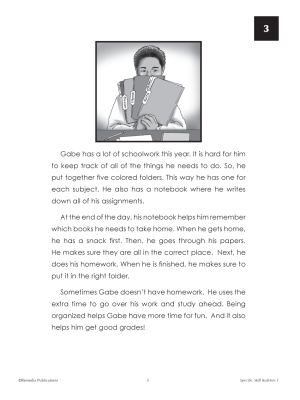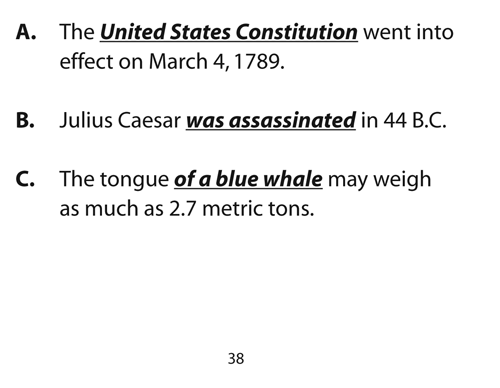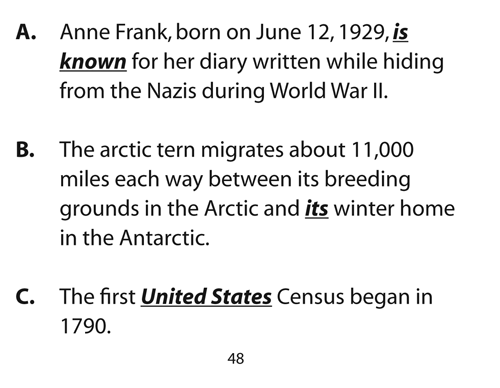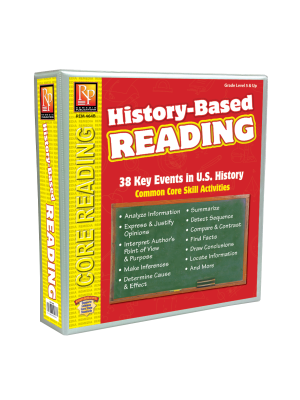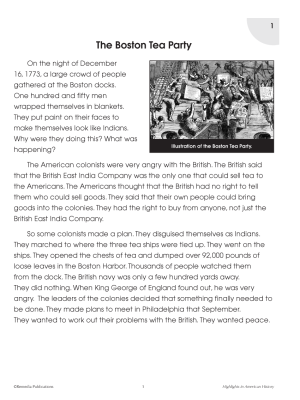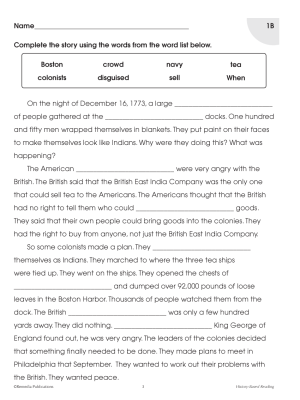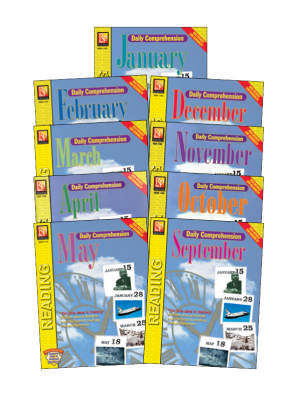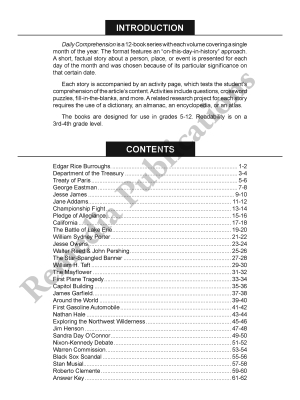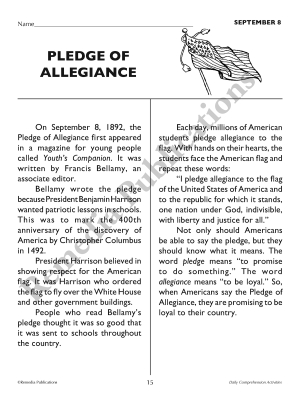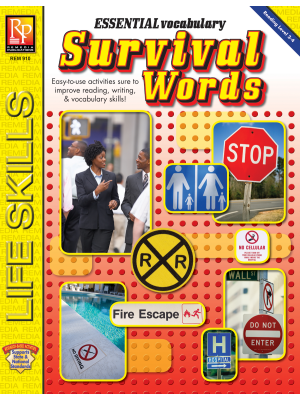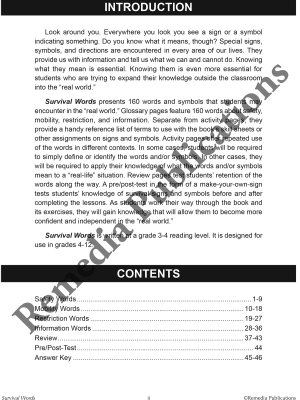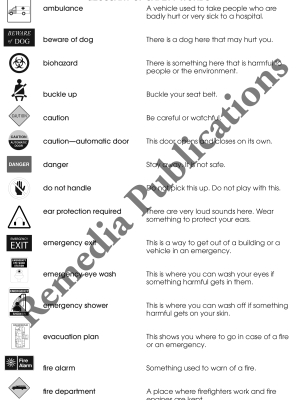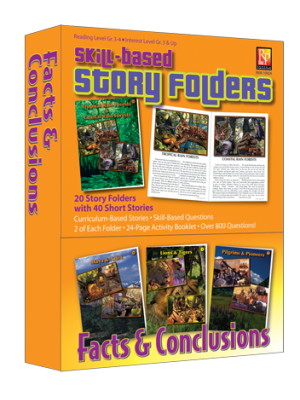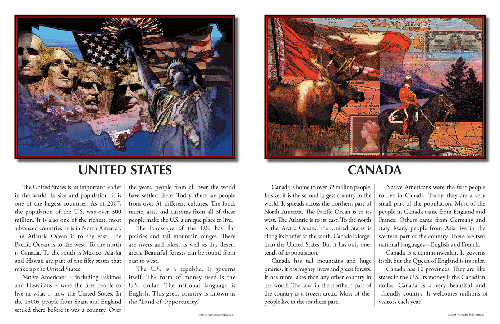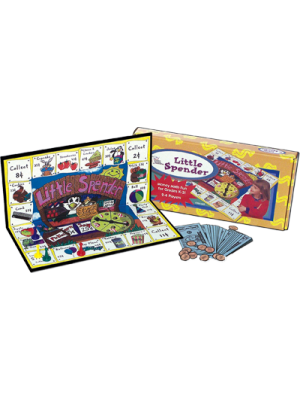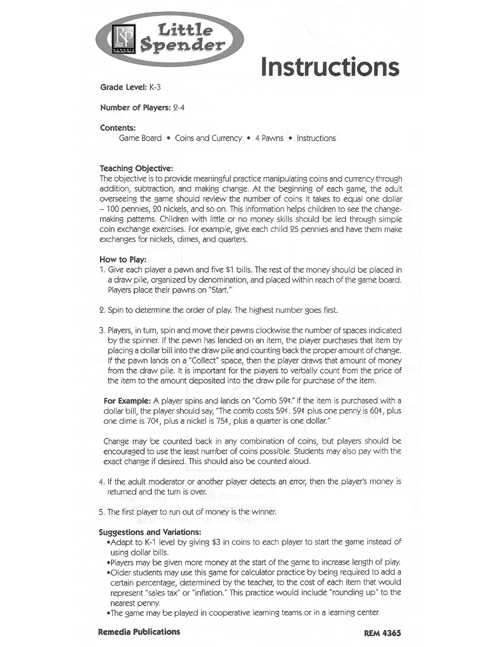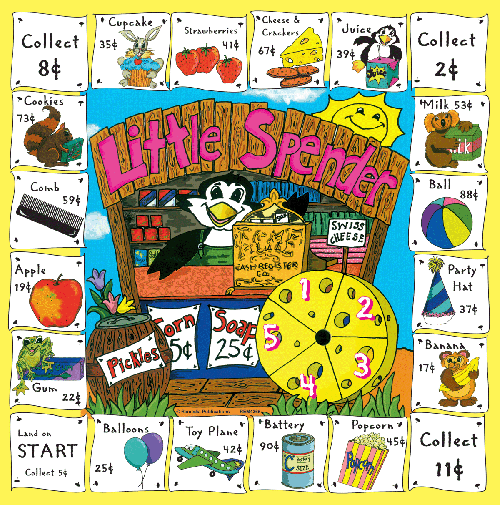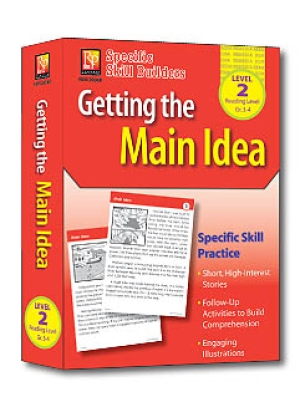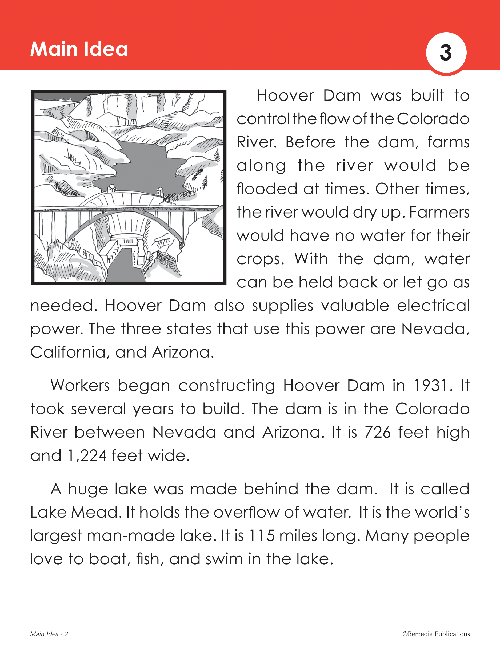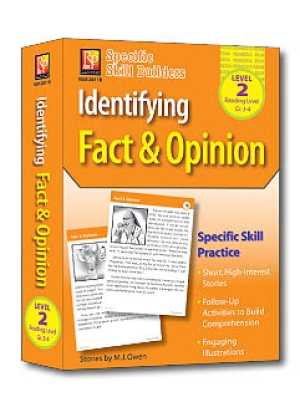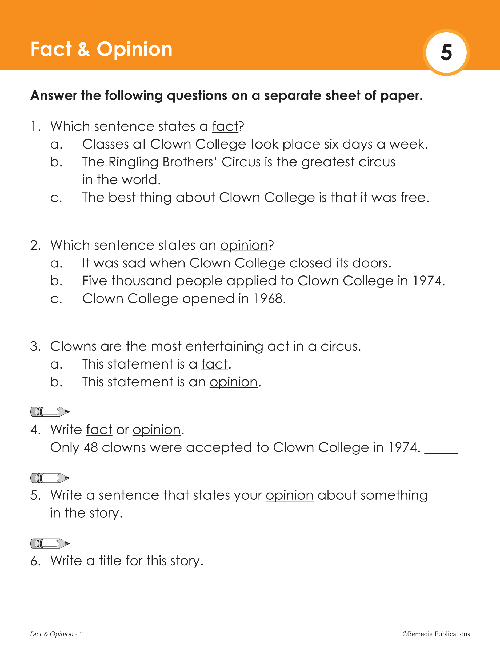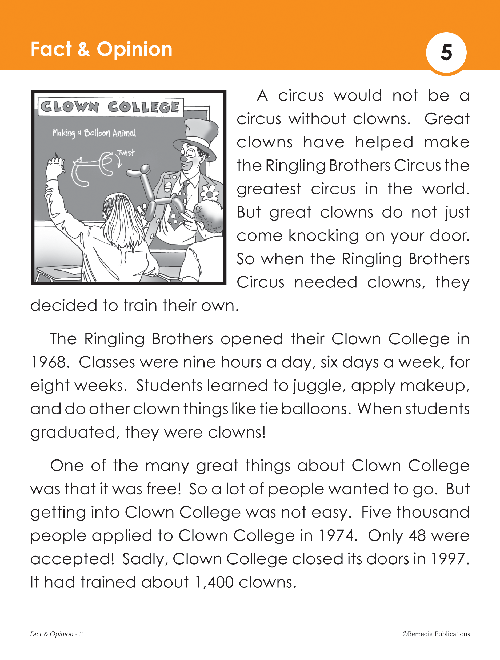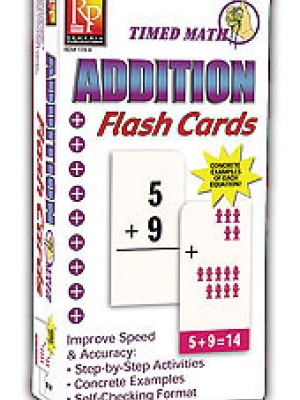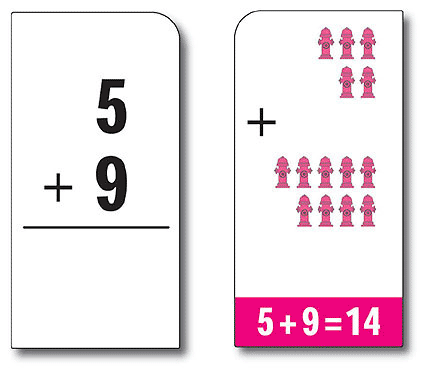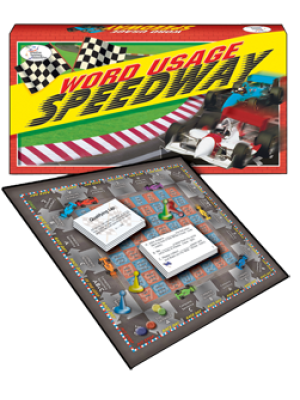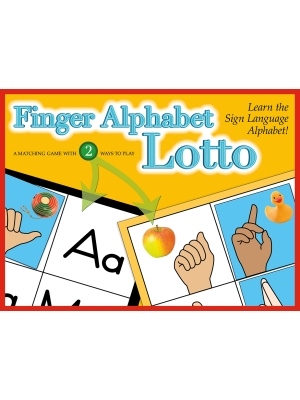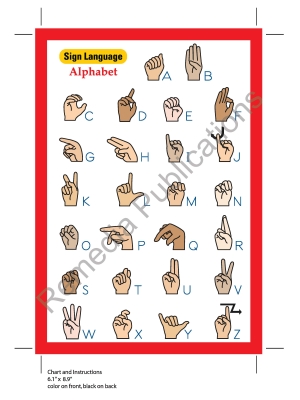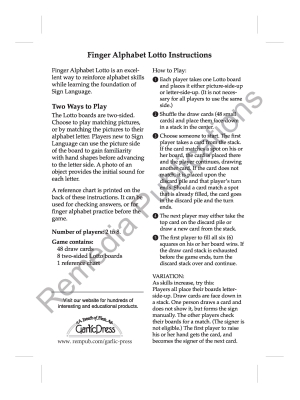Reading Skills Activities | Reading Comprehension | Sequence
Improve Overall Reading Comprehension with Targeted Specific Skill Practice!
Focusing on one comprehension skill at a time gives students the opportunity to master that skill and improve their general reading and comprehension skills.
Sequence:
Understanding the sequence of a story means knowing the order in which events happen. A good introduction to this skill, is explaining that sequence is about time.
Most events in a story are written in chronological order. There are things that happen in the beginning, middle, and end of a story.
Skill Specific Activities
There are 15 high-interest, short stories in this selection that include a variety of fiction and non-fiction topics. The follow up questions guide students to find the sequence of event. Key words to look for when reading are: first, last, next, before, after, later, during, then, while and finally.
Each story is numbered instead of having a title. The last question for each story asks the students to give the story a title. This important activity helps to determine the student’s level of understanding the story’s main idea.
Visual Lesson
Each story has an engaging illustration designed to bring the story to life and help capture the interest of reluctant readers. To help sharpen inference skills, students can be asked to use the illustration to predict what the story is about.
Teaching Opportunities
These targeted activities are great for one-on-one intervention, small groups of students at multiple skill levels or whole class participation. Activities can be used for remediation, review, and transition classes.
Details:
Each short story is between 140 and 160 words and is written at a 2.0 to 3.5 reading level according to the Flesch-Kincaid Readability Scale. The interest level is grades 4 and up.
Contents Include:
• 15 high-interest, short stories
• 15 pages of skill-specific questions focusing on Sequence
• Answer Key
Sequence (Reading Level 2.0-3.5) | Short Passages | Reading Skills Activities
- Product Code: EREM 3033
- Viewed: 1997
- Availability: In Stock
$7.99
Reading Skills Activities | Reading Comprehension | Sequence
Improve Overall Reading Comprehension with Targeted Specific Skill Practice!
Focusing on one comprehension skill at a time gives students the opportunity to master that skill and improve their general reading and comprehension skills.
Sequence:
Understanding the sequence of a story means knowing the order in which events happen. A good introduction to this skill, is explaining that sequence is about time.
Most events in a story are written in chronological order. There are things that happen in the beginning, middle, and end of a story.
Skill Specific Activities
There are 15 high-interest, short stories in this selection that include a variety of fiction and non-fiction topics. The follow up questions guide students to find the sequence of event. Key words to look for when reading are: first, last, next, before, after, later, during, then, while and finally.
Each story is numbered instead of having a title. The last question for each story asks the students to give the story a title. This important activity helps to determine the student’s level of understanding the story’s main idea.
Visual Lesson
Each story has an engaging illustration designed to bring the story to life and help capture the interest of reluctant readers. To help sharpen inference skills, students can be asked to use the illustration to predict what the story is about.
Teaching Opportunities
These targeted activities are great for one-on-one intervention, small groups of students at multiple skill levels or whole class participation. Activities can be used for remediation, review, and transition classes.
Details:
Each short story is between 140 and 160 words and is written at a 2.0 to 3.5 reading level according to the Flesch-Kincaid Readability Scale. The interest level is grades 4 and up.
Contents Include:
• 15 high-interest, short stories
• 15 pages of skill-specific questions focusing on Sequence
• Answer Key
Tags:reading

